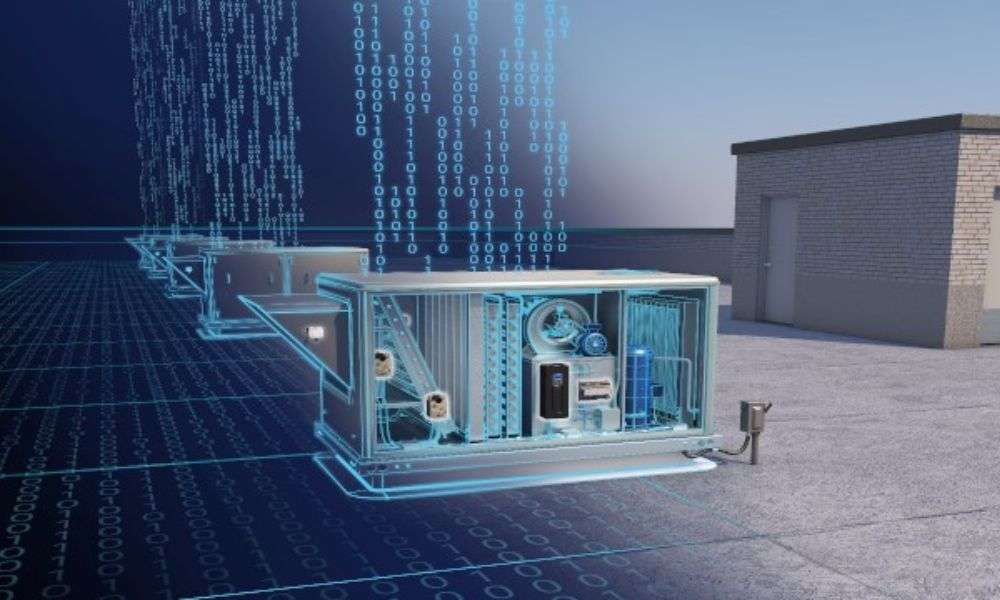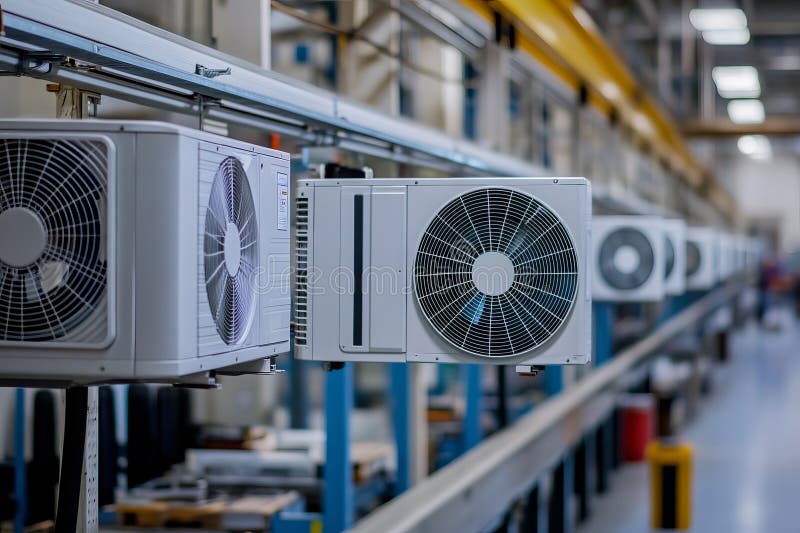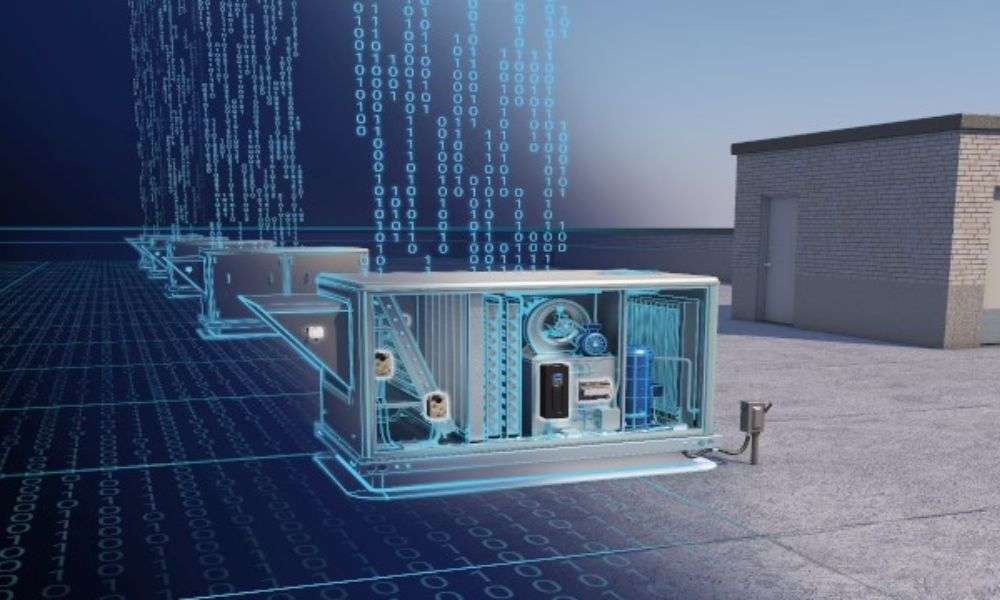In today’s rapidly evolving technological landscape, the integration of Artificial Intelligence (AI) into various sectors has proven to be a game-changer. One such innovative application is automated airflow mapping with AI. This groundbreaking approach is transforming how we understand and optimize airflow in different environments, particularly in the HVAC industry.
The concept of automated airflow mapping with AI is not just an abstract idea but a tangible advancement that enhances efficiency, reduces costs, and promotes sustainability. By utilizing AI, industries can gain precise insights into airflow patterns, leading to smarter decision-making and improved indoor air quality.

What is Automated Airflow Mapping with AI?
Automated airflow mapping with AI refers to the use of AI technology to analyze and visualize airflow patterns automatically. This process involves using sensors and AI algorithms to collect and interpret data on how air moves within a space. The information gathered is then used to create detailed airflow maps, which are crucial for optimizing ventilation systems and ensuring even distribution of air.
The Role of AI in Airflow Mapping
AI plays a pivotal role in the automation of airflow mapping. Through machine learning algorithms, AI can process vast amounts of data quickly and accurately. This capability allows for real-time monitoring and adjustments, ensuring optimal airflow and energy efficiency. Additionally, AI can predict potential issues before they arise, allowing for proactive maintenance and minimizing disruptions.
Benefits of Automated Airflow Mapping with AI
The benefits of integrating automated airflow mapping with AI are numerous and impactful:
1. Improved Efficiency
With AI-driven insights, businesses can optimize their HVAC systems, leading to significant energy savings. By ensuring that air is distributed evenly and efficiently, organizations can reduce energy consumption and lower operational costs.
2. Enhanced Indoor Air Quality
Proper airflow is essential for maintaining a healthy indoor environment. Automated airflow mapping with AI enables precise control over air distribution, reducing the risk of pollutants and allergens accumulating in specific areas.
3. Predictive Maintenance
AI’s predictive capabilities allow for timely maintenance, preventing unexpected breakdowns and extending the lifespan of HVAC systems. By addressing potential issues before they escalate, businesses can avoid costly repairs and downtime. For more insights on predictive maintenance, visit Predictive Maintenance.
4. Cost Savings
Energy efficiency and predictive maintenance contribute to significant cost savings. By optimizing airflow and preventing breakdowns, businesses can enjoy lower energy bills and reduced maintenance expenses.
Applications of Automated Airflow Mapping with AI
The applications of automated airflow mapping with AI extend across various industries:
1. Commercial Buildings
In commercial buildings, maintaining optimal airflow is crucial for occupant comfort and productivity. AI-driven airflow mapping ensures that heating, cooling, and ventilation systems operate efficiently, creating a comfortable environment for employees and customers.
2. Healthcare Facilities
Healthcare facilities require strict control over air quality to prevent the spread of infections. Automated airflow mapping with AI helps maintain sterile environments by ensuring proper ventilation in critical areas such as operating rooms and isolation units.
3. Manufacturing Plants
In manufacturing plants, maintaining the right airflow is essential for equipment efficiency and worker safety. AI-powered airflow mapping optimizes ventilation systems, reducing energy consumption and improving air quality.
Challenges and Future Prospects
While the benefits of automated airflow mapping with AI are clear, there are challenges to consider. The initial cost of implementing AI technology can be high, and there may be a learning curve for businesses adopting this approach. However, as technology advances and becomes more accessible, these challenges are expected to diminish.
The future of automated airflow mapping with AI is promising. As AI technology continues to evolve, we can anticipate even more sophisticated solutions that further enhance efficiency, sustainability, and indoor air quality. For more on AI’s impact on the HVAC industry, explore AI in HVAC.
Conclusion
In conclusion, automated airflow mapping with AI represents a significant advancement in how we manage and optimize airflow. By leveraging AI technology, businesses can achieve improved efficiency, enhanced indoor air quality, and substantial cost savings. As this technology continues to evolve, it holds the potential to revolutionize various industries, making it a valuable investment for the future.

Frequently Asked Questions
1. How does automated airflow mapping with AI improve energy efficiency?
Automated airflow mapping with AI improves energy efficiency by optimizing HVAC systems, ensuring even distribution of air, and reducing energy consumption.
2. What industries benefit from automated airflow mapping with AI?
Industries such as commercial buildings, healthcare facilities, and manufacturing plants benefit significantly from automated airflow mapping with AI.
3. Are there any challenges in implementing automated airflow mapping with AI?
The initial cost and learning curve are challenges in implementing automated airflow mapping with AI, but these are expected to decrease as technology advances.
This article contains affiliate links. We may earn a commission at no extra cost to you.
